Who are the real plastic polluters? Asia Vs the West. (and what you can do about it?)
by Sarah Rhodes
As an Australian living in Asia, I often feel conflicted over the plastic pollution issue. Constantly questioning (and being questioned) about why it’s so messy here, where the plastic comes from and why there isn’t any recycling. So I want to draw a picture about why it’s important for each and every one of us, no matter where in the world we live, is part of the solution when we avoid 1 plastic bag here and 1 coffee cup there. Any why recycling isn’t the answer.
Until the start of the year, China was handling 56% percent of the world’s recycling. Who are the real plastic polluters? Check this graph below, the stats from 2016 tell an interesting story. Full story here.
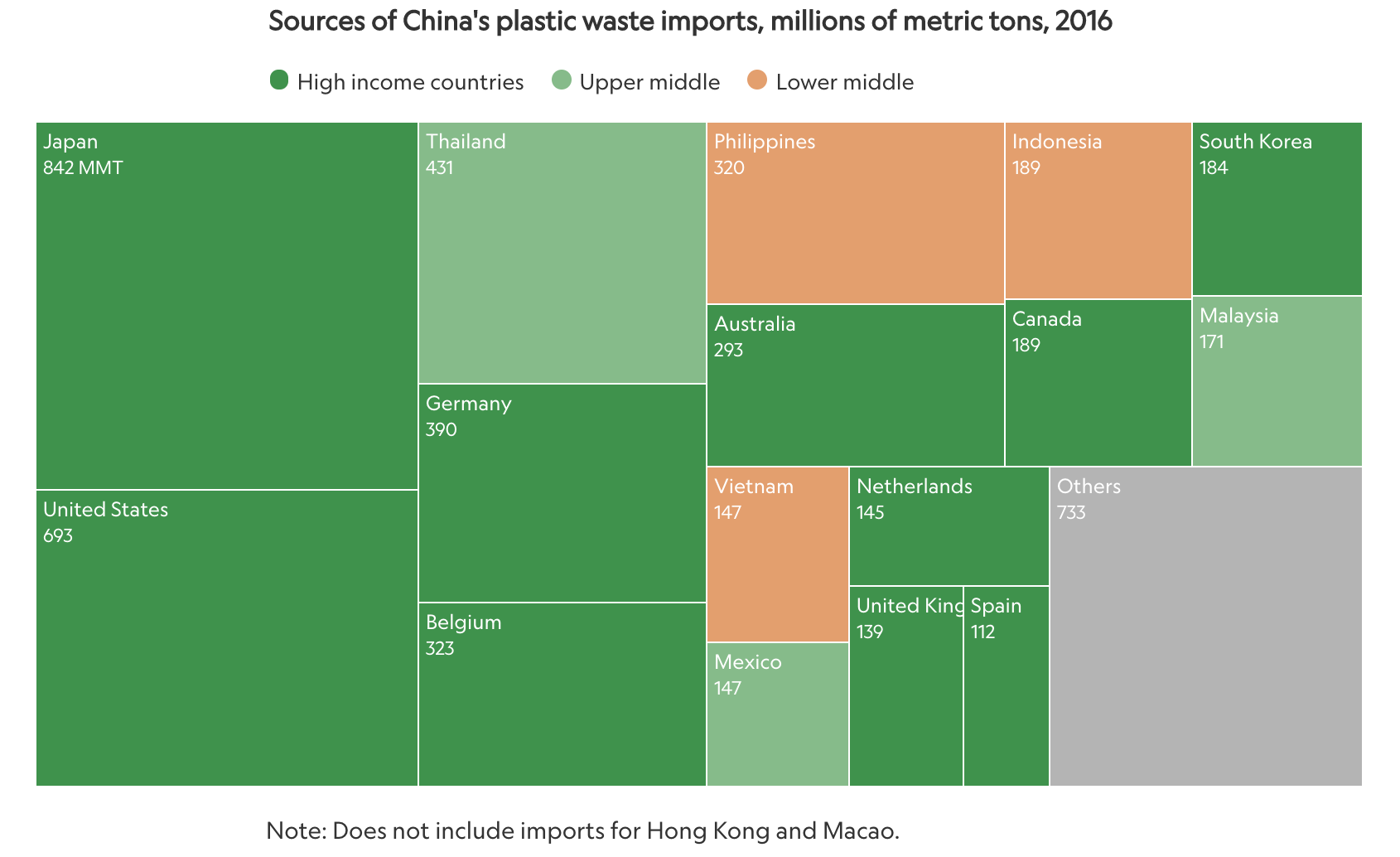
Why recycling isn’t the answer.
As an Australian, I grew up believing that what I put into the recycle bin was actually recycled, naively I even thought that was happening in Australia! After this announcement some council areas in Australia have even talked about discontinuing their recycling programs, that is how big a reliance there is on recycling. It’s a complete game-changer… and in the long run I think it will be a good one because it means we really have to start looking at our consumption.
Another shocking statistic is that only 9% of the world’s plastic is even recycled. So if no one can handle even the 56% of the 9%, this clearly shows that recycling isn’t a viable solution. Let’s put that visually.
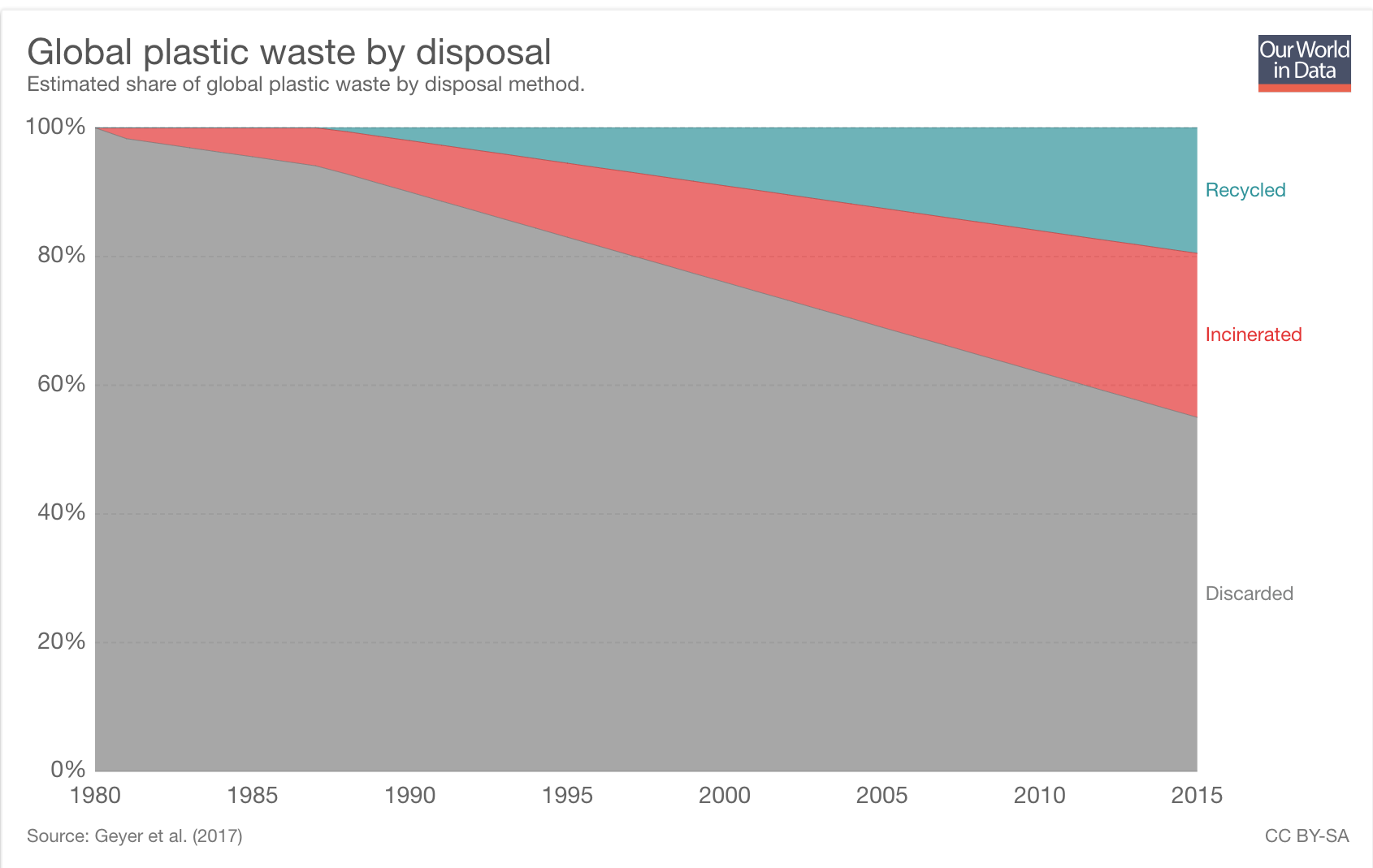
Since China closed its doors to plastic recycling imports, there has been a rise in exports to Thailand and Malaysia. How can these two small countries manage to pick up the slack from most of the worlds recycling programs? Thailand too have said they’re not going to do it anymore and have given notice that in 2021 they too will not accept any plastic imports.
Reports from Malaysia where illegal plastic recycling depots set up, post the ban in China, are alarming. This tiny country has no way of coping with the volume that China were previously handling. As of early 2019, they had already shut down at least 150 illegal operations and are being detained from significant work, instead putting effort into solving this crisis. Where are those plastics coming from?
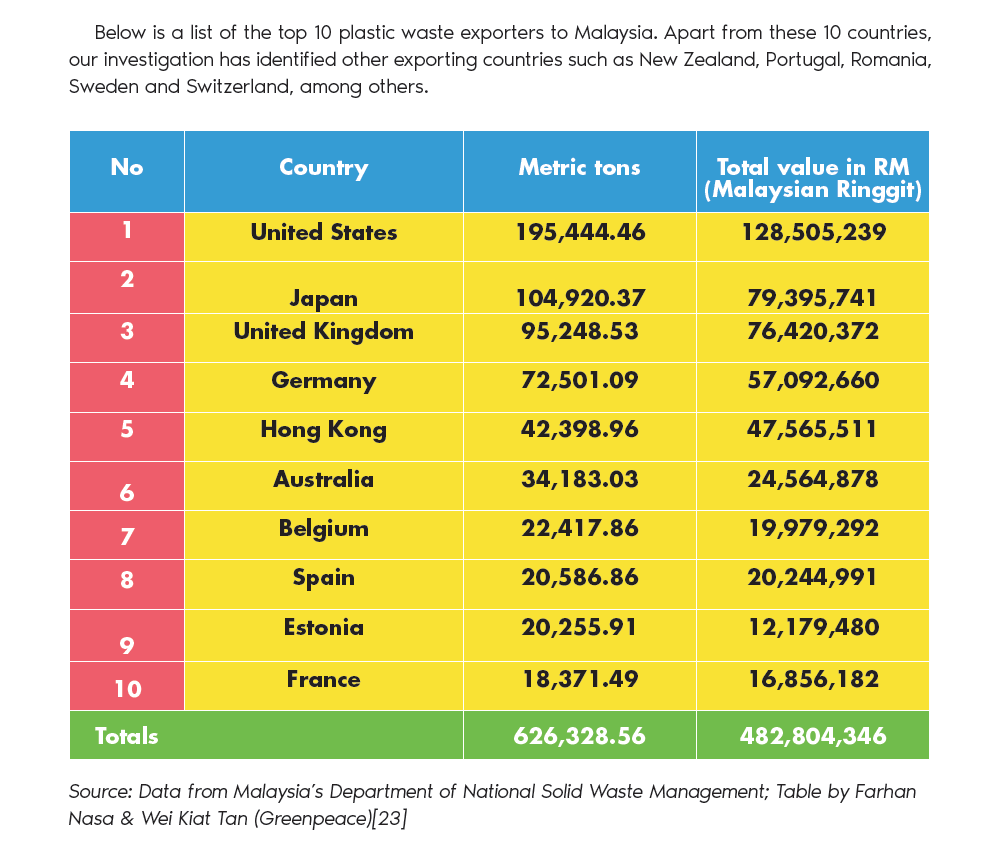 You can read more on this report on the Greenpeace Southeast Asia website.
You can read more on this report on the Greenpeace Southeast Asia website.
Now, let’s consider this. Recently my friend Anita from Australia posted a picture of plastic waste in Indonesia. This isn’t the first time I’ve seen this kind of post, nor is it the first time I’ve seen the kind of comments that appear with this kind of post.
“Disgusting” – do we think it’s disgusting when we buy a snack or a coffee?
“How don’t they care about this” – do we care when we put our recycling bin out that our rubbish is going somewhere like this? It’s pretty much the same thing.
So, why is it so messy in Asia?
There is a connection between Asia and development. Most countries in Asia, specifically Southeast Asia are underdeveloped in relation to the west. The west has been sending plastic rubbish here for recycling, and in an underdeveloped region (wanting to become richer and more developed) they take it and try and do something with it in the name of recycling. In most instances it’s this financial incentive rather than environmental that spurs on these industries. However, with lack of technology, infrastructure, poor salaries and a myriad of other factors… it’s not done all that well.
In the race to catch up with the west, to have money and nice things, Southeast Asia has plunged head first into consumerism. The tourism industry is one contact point that has led to an increase in westernisation of Asia.
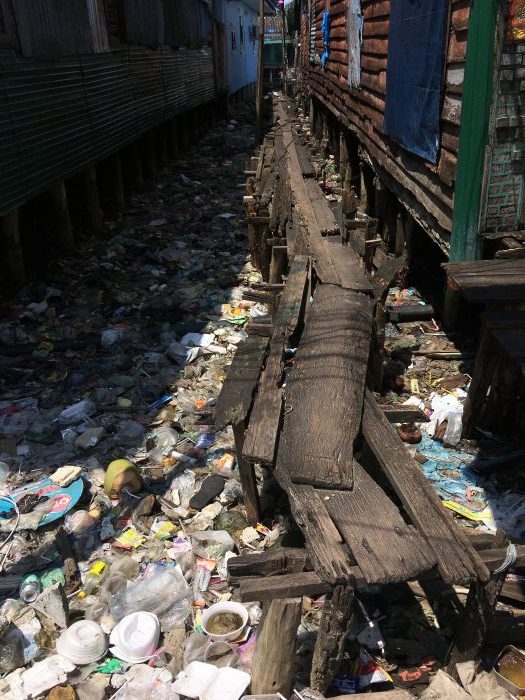
Take Cambodia for example. In 1993 only 118,183 international visitors travelled to Cambodia. Last year (2017), 5,602,157. That’s massive growth in a very small amount of time. When I moved to Cambodia in 2014 there was only one supermarket in Siem Reap. Now I’ve lost count, there are at least 6 big ones and a bunch of mini marts.
In the 1990s there was hardly any plastic to be seen. Food was served on plates, that’s right, real ceramic plates. Take away was put in banana or lotus leaves and there is even a type of gourd that was traditionally used as a water bottle. Such resourcefulness and closeness to nature. So when the packaging was finished with and thrown on the roadside or burned at the front of the house it was okay, it biodegraded or it produced healthy ash for the soil. Since plastic has come along in force, the behaviour hasn’t changed, only plastic doesn’t break down or return to the earth it stays and becomes “disgusting” or is burned releasing toxic fumes.
To me it’s not really that they don’t care, it’s that they don’t understand.
Tourism has a big responsibility for this, as does the aforementioned plastic recycling imports. With tourists came a need for safe drinking water… hello plastic water bottles. This has in turn had an effect on locals who now also drink from plastic water bottles. And the plastic bottles are just the tip of the iceberg; hotel amenities, coffee and fruit shakes, takeaway containers and plastic bags in the market .. oh and straws, another one for the hygiene argument, are everywhere in every drink in every venue to make people feel safe. Crunch those numbers and the result is what we see on the street, in the canals, being burned on the roadside and in our oceans.
Why should we all take responsibility?
Every piece of plastic you use goes somewhere, you cannot be totally certain where that somewhere is.
We are the environment.
Everything is connected. It doesn’t matter if you’re in Australia, Cambodia, Indonesia or the UK, everything in every one of these places affects all life in each of these places.
Exporting plastic waste to Asia pollutes the ocean, a polluted ocean means severe implications for humans, especially those that eat fish, that have eaten plastic from the ocean and then in turn been eaten by a person.
Just to spell that out. Say my Aussie friend Gazza who conscientiously recycles his plastics goes down to the beach for some fish and chips on Friday night after work. Chances are that Gazza’s fish has plastic contaminants from his recycled plastic that has been sent to Asia, and then subsequently ended up into the ocean. Now without scientifically tracking this, it might not be his exact plastic but the point I’m hoping to make is that everything comes full circle.
Organisations like Break Free From Plastic even have a brand audit toolkit so you can assess where plastic is coming from during clean up events.
Alejandro Duran’s Washed Up project in Mexico was able to identify 58 different sources of plastic waste that washes up regularly on their shores in a protected area. Including from Australia.
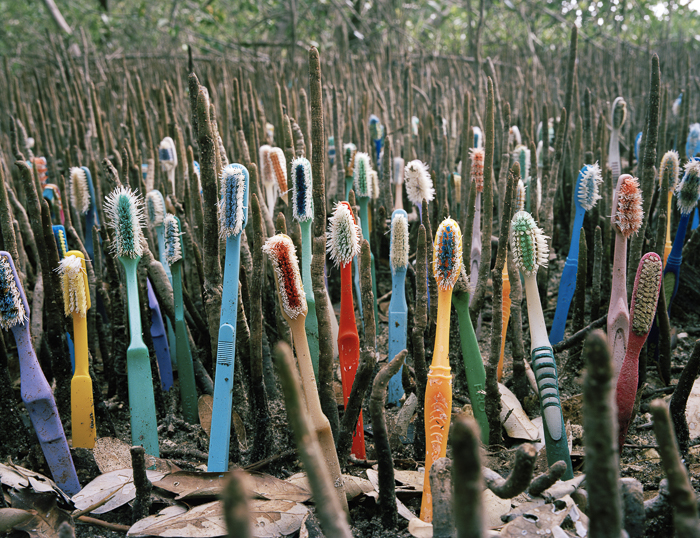
What can you do about it?
Refuse single-use plastic whenever you can. If you’re new to this, then start with PFC’s top 5; straws, bags, plastic bottles, takeaway containers and coffee/shake cups.
Start to make small changes every day.
Refuse the extra bag at the market. Buy products you need in a glass jar instead of plastic container.
Decide when you really need something or if it’s just a desire.
Actually use your reusable containers. Most of us have lunch boxes, chan sraks/tiffins, drink bottles and baskets for shopping already – so let’s just use them, every time.
Invest in one nice reusable coffee cup (if you’re a coffee lover).
Don’t give up.
Every single positive action you take contributes to the many single positive actions of millions of people around the world. We are doing this together.
You can get supported advice by joining PFC’s Plastic Fighters club, add your name for more information.
Very well written- as always! I’ll share!
Your the best Chica! I’m guilty everyday but am aware that it only is resolved by reduction of consumption and removal of the monetary system. Good to point out that the hyper modernized world is sending its problem to SE Asia.
Thanks Michael – the best we can do is make conscious choices, every positive action counts!